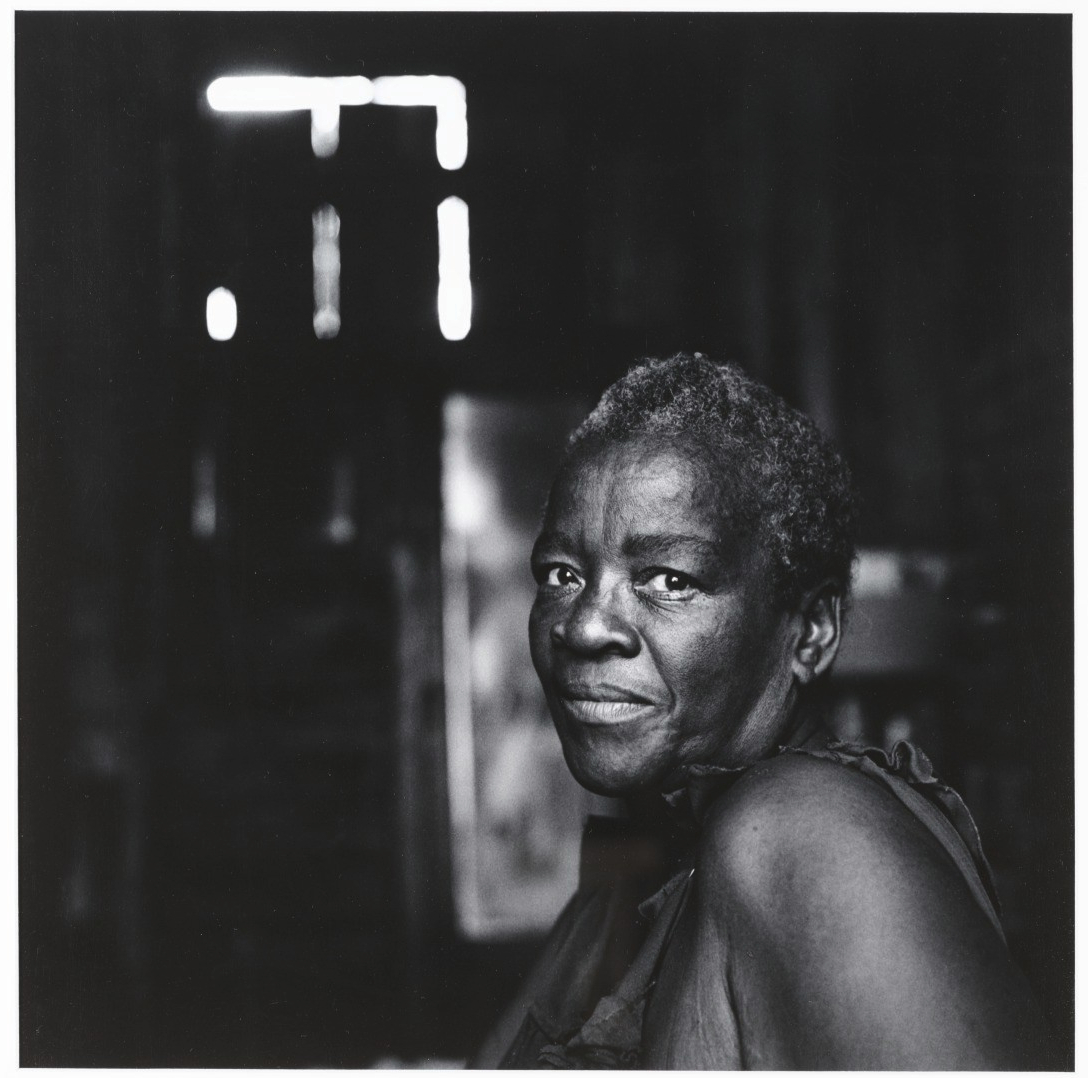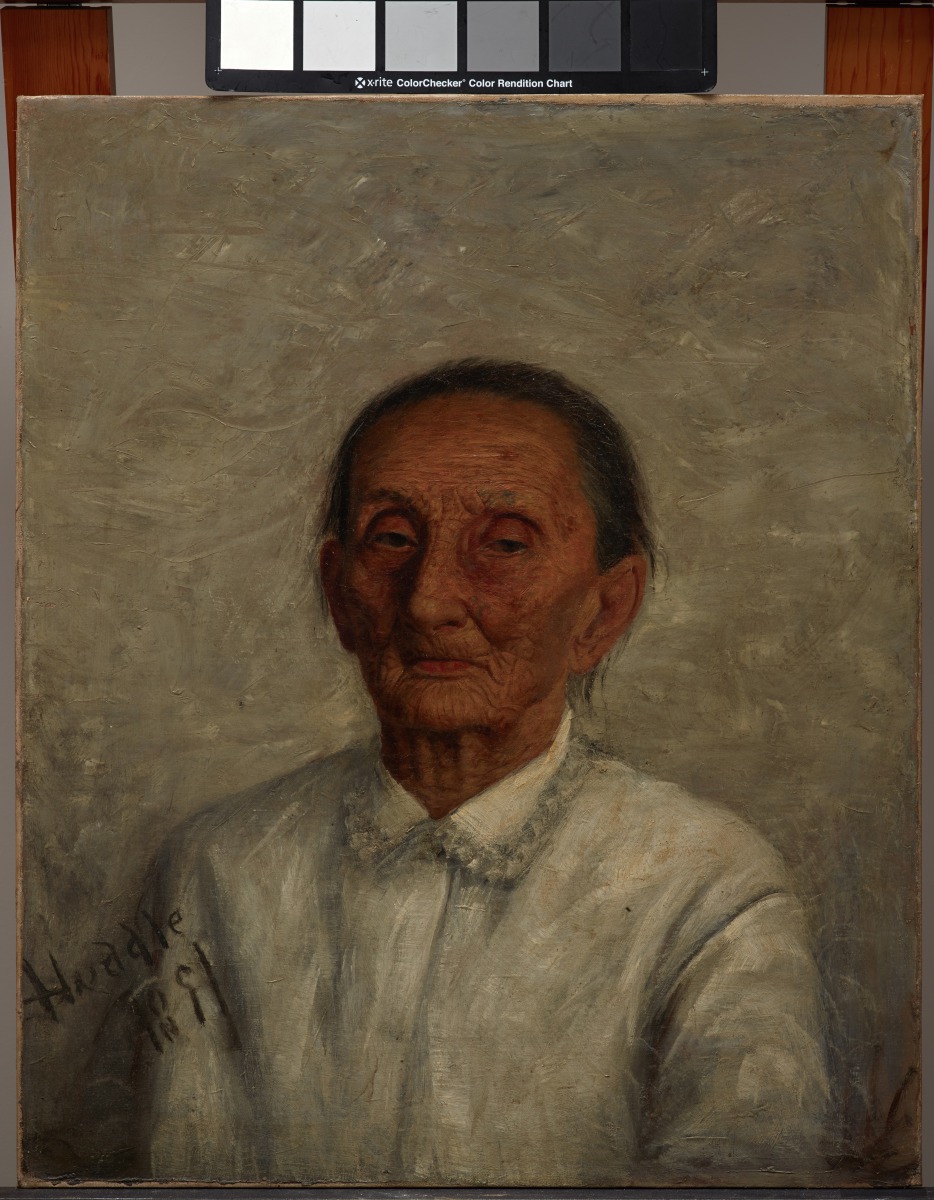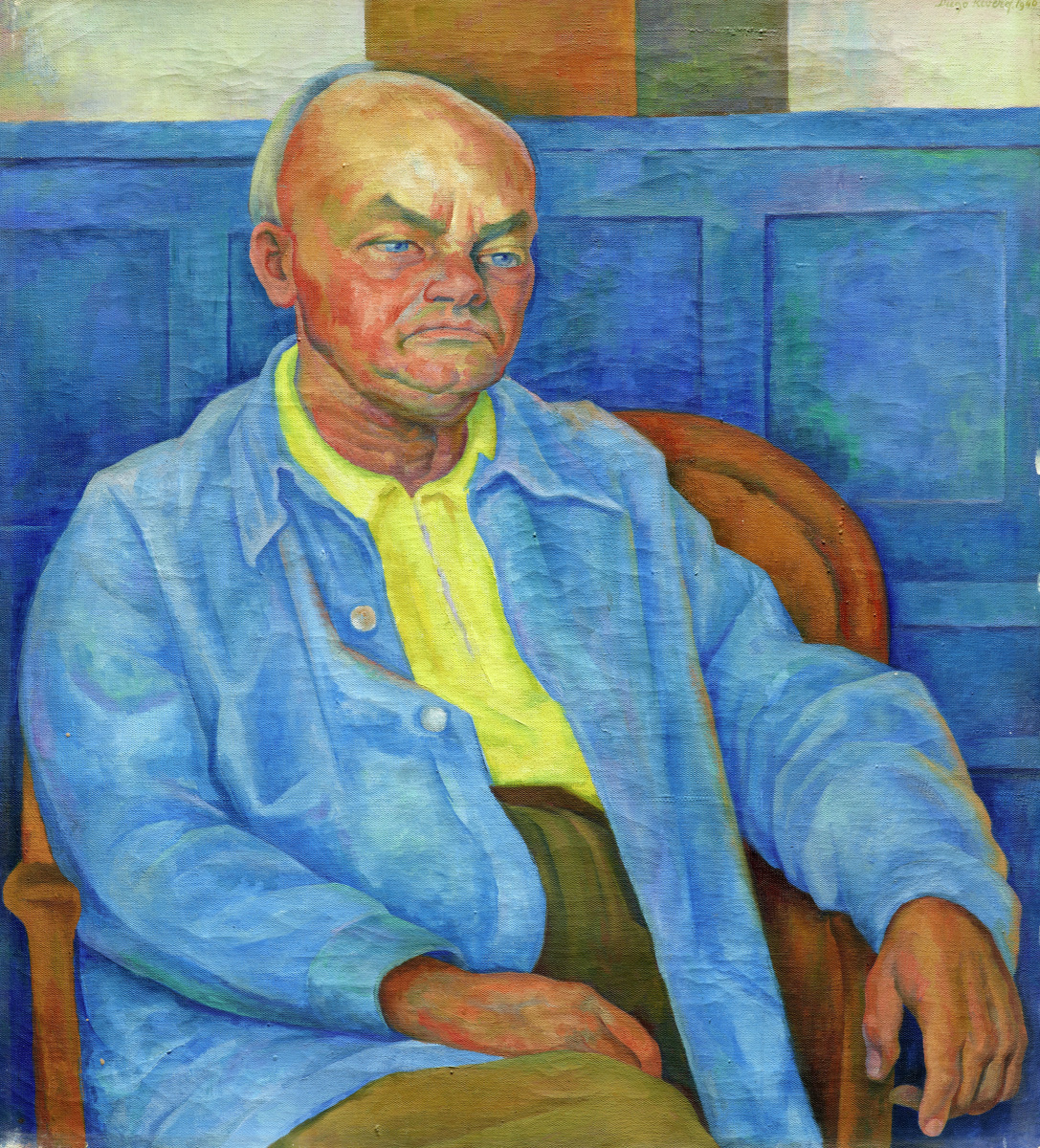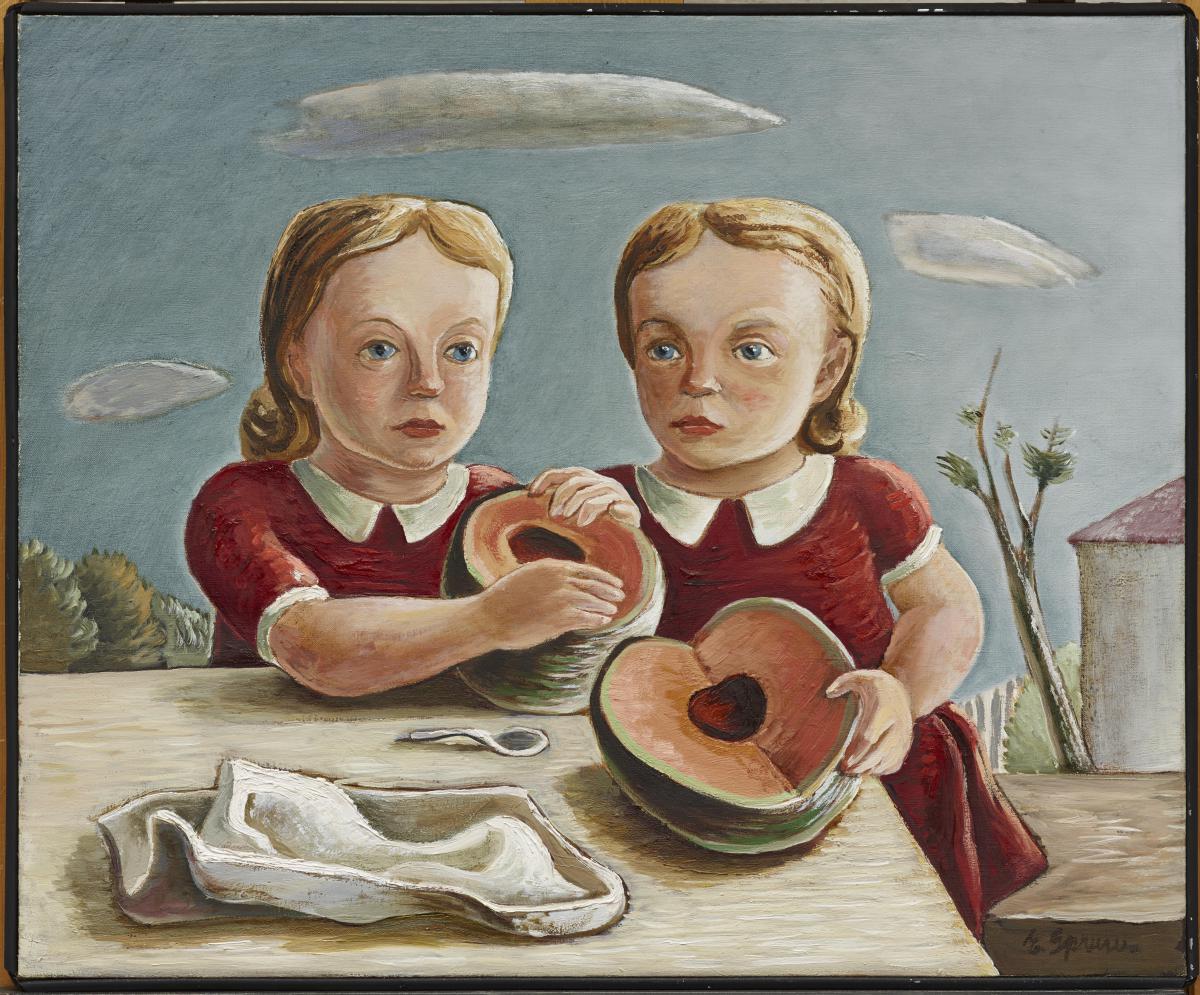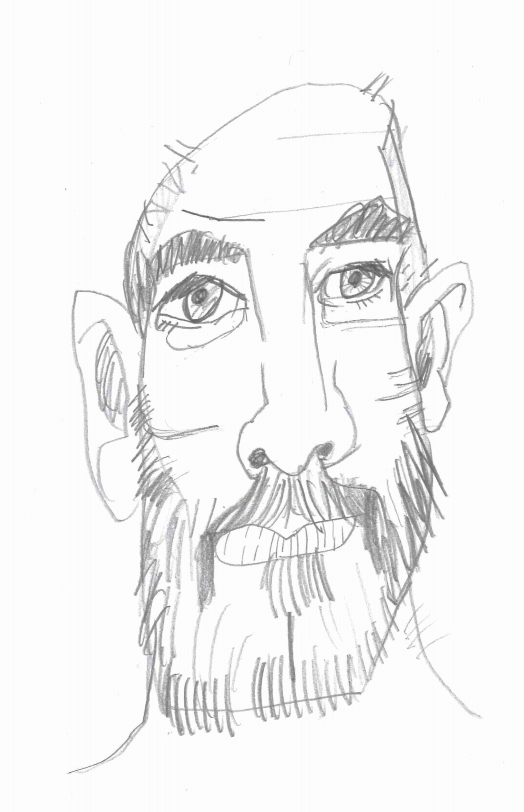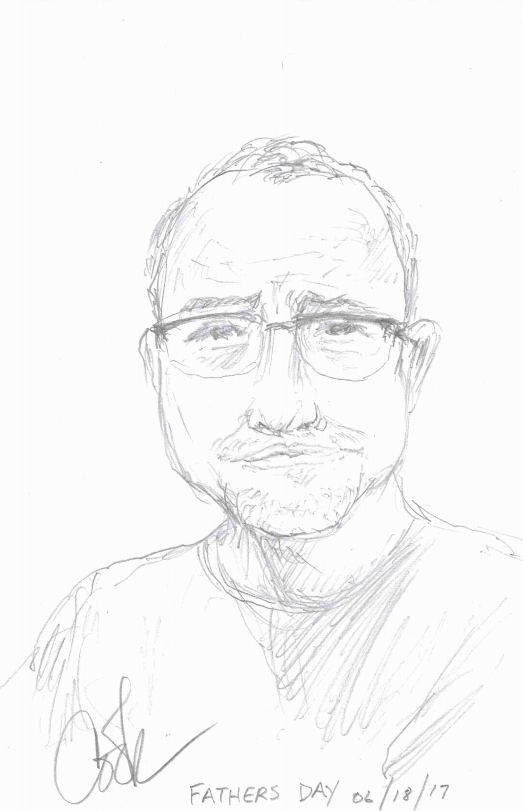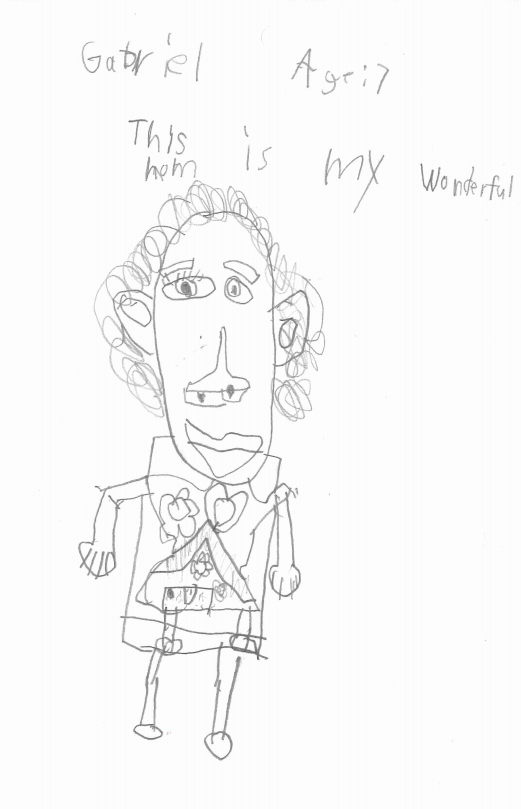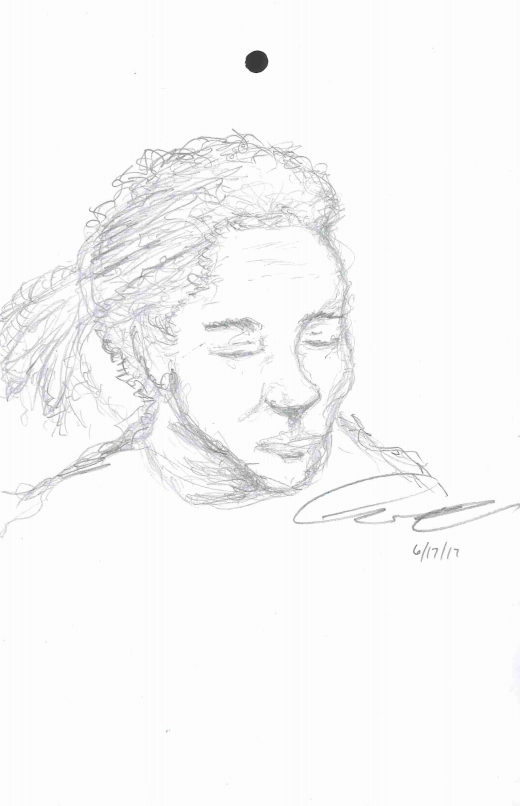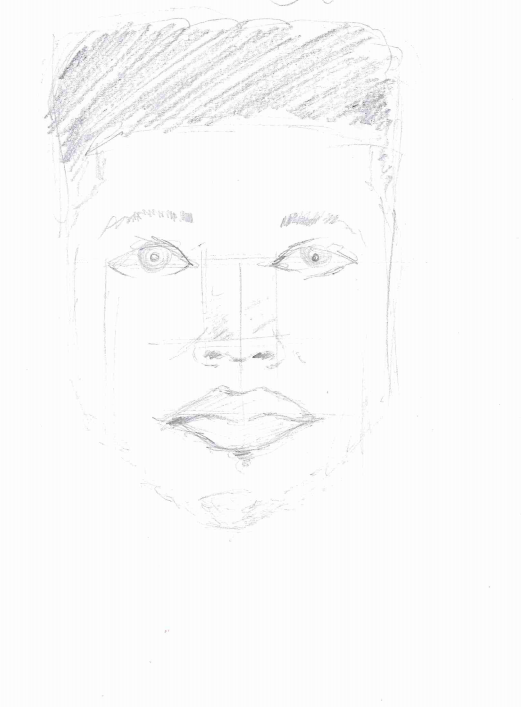One of the best things about working in the Center for Creative Connections is getting to see all the hard work of redesigning the spaces come to life. Over the last few weeks, staff and visitors alike have watched some new faces pop up on our walls in the front gallery.
- Debbie Fleming Caffery, Looking at Me (Polly), 1984, Gelatin Silver Print, Jackson, Walker, Winstead, Cantwell & Miller Fund
- William Henry Huddle, Portrait of Madam Candelaria, 1891, Oil on canvas on masonite, The Karl and Esther Hoblitzlle Collection, gift of the Hoblitzelle Foundation
- Diego Rivera, Portrait of Dr. Otto Ruhle, 1940, Oil on Canvas, Gift of Elizabeth B. Blake
- Everett Spruce, Twins, 1939-1940, Oil on canvas, Dealey Prize, Eleventh Annual Dallas Allied Arts Exhibiton
Today, technology makes it easy to snap hundreds of photos of ourselves on a front facing camera phone. But for centuries, portraiture has played an important role in how we study and interpret subjects through aspects like environments, surrounding props, clothing and even color and lighting. All of these things are visual clues shown to us by the artists to communicate an underlying narrative about the subject. Even the way an artist chooses to capture their sitter can reflect on their relationship with them. Observing Chuck Close’s “Phil/Fingerprint” from a distance, you might not realize that Close used his own fingerprints to create an intimate portrait of his close friend, composer Phillip Glass.

Chuck Close, ‘Phil/Fingerprint’, 1981, Lithograph, Dallas Museum of Art, Mr. and Mrs. Jake L. Hamon Fund
After viewing and reading more about all the artists and subjects that fill the gallery, we’re inviting visitors to put their own methods to the test when capturing a subject. We’ve been watching over the last few weeks how visitors have excitedly sat at one of our tables in the gallery to sketch themselves or a friend…
…or at the C3 Photo Studio to find the right pose for their own compelling portrait.
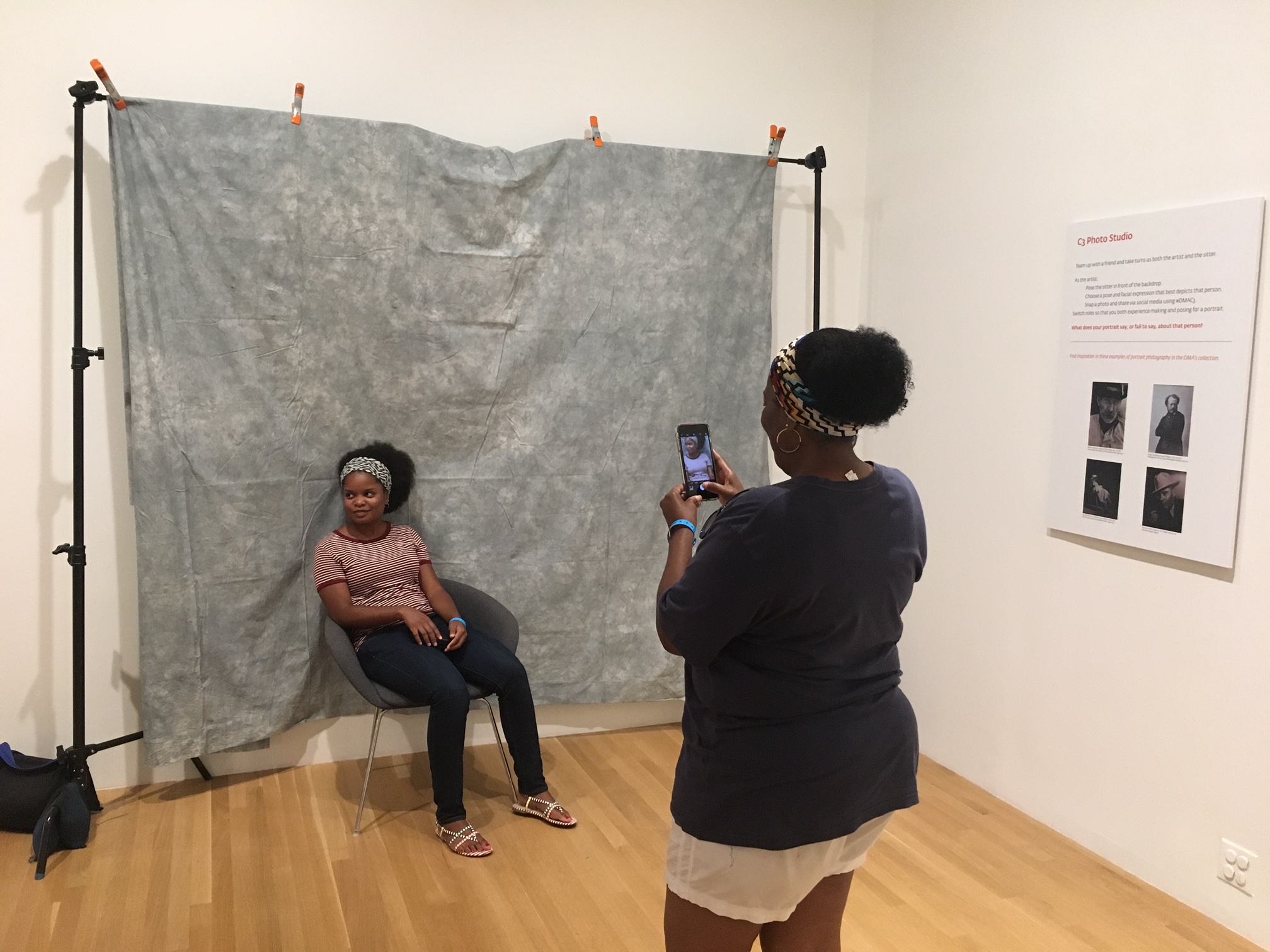
Strike a pose when you stop by C3 on your next visit!
Kerry Butcher
Center for Creative Connections Coordinator
